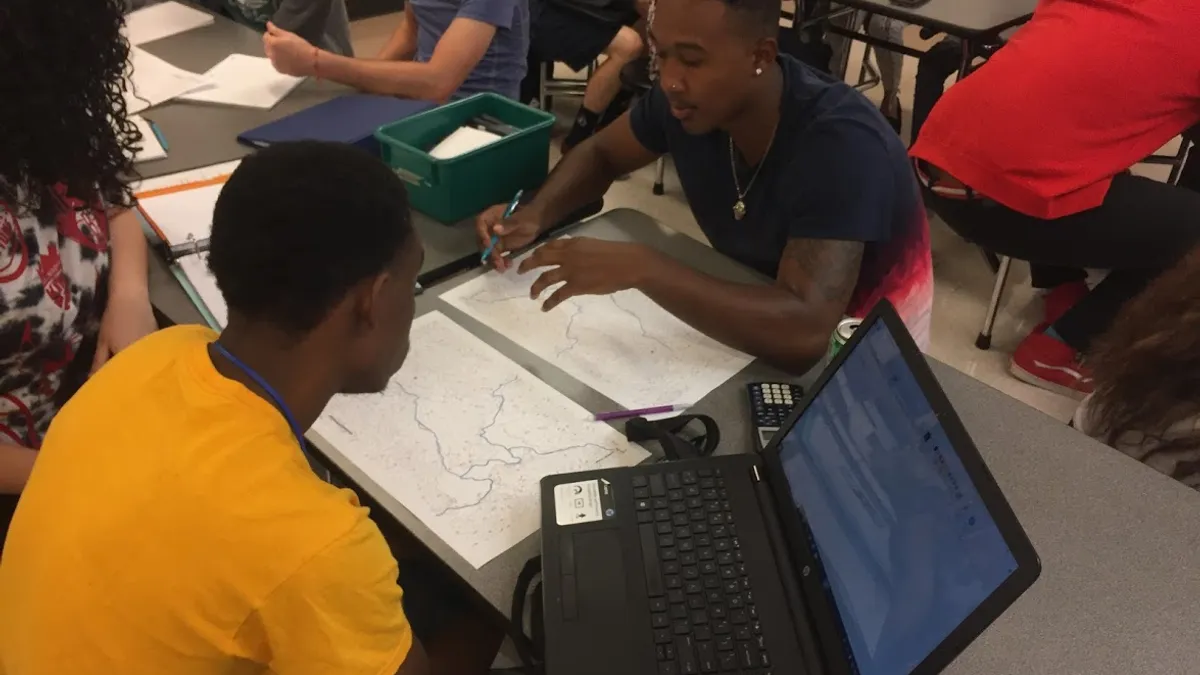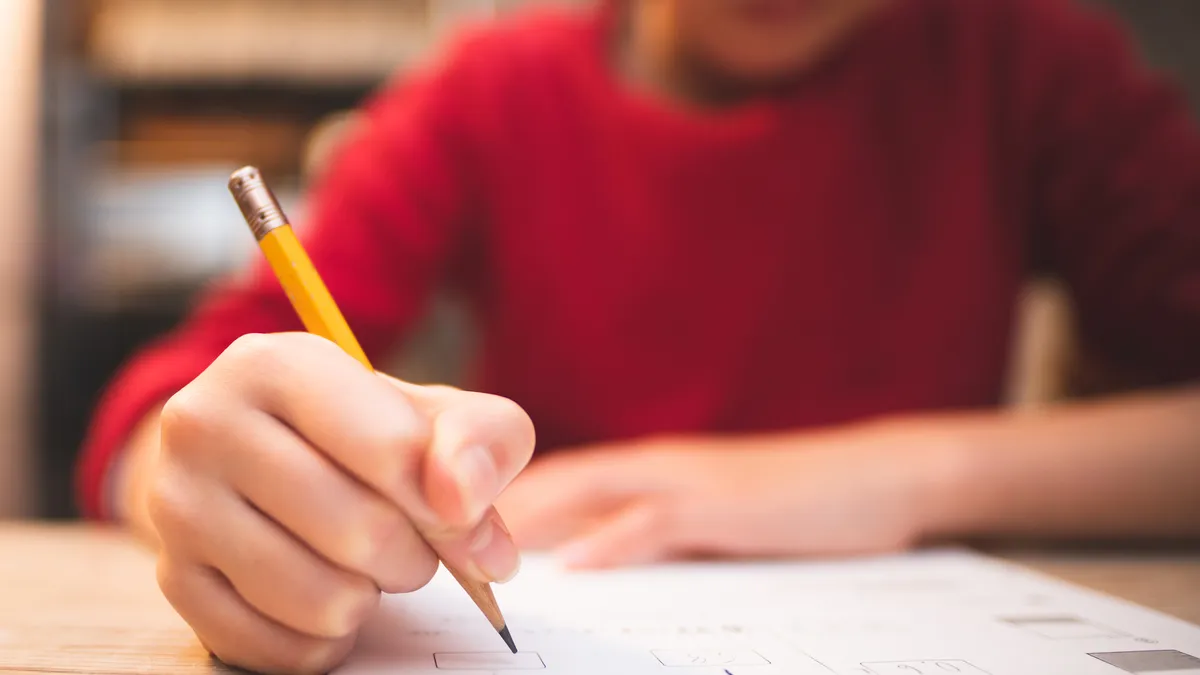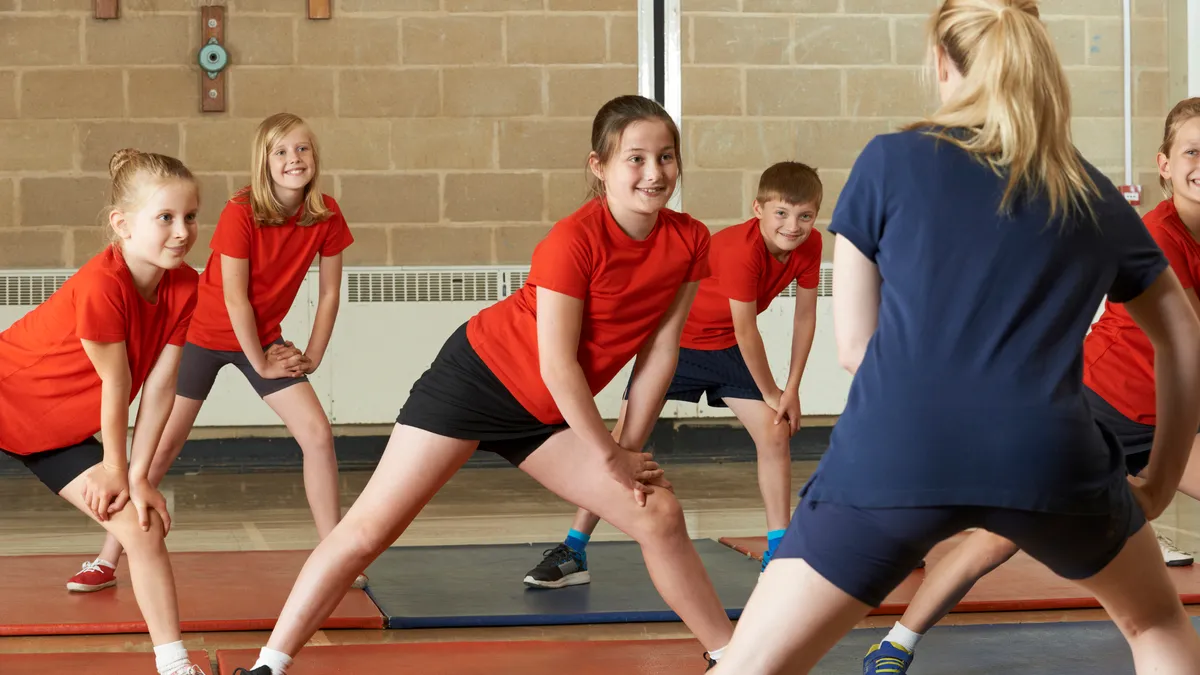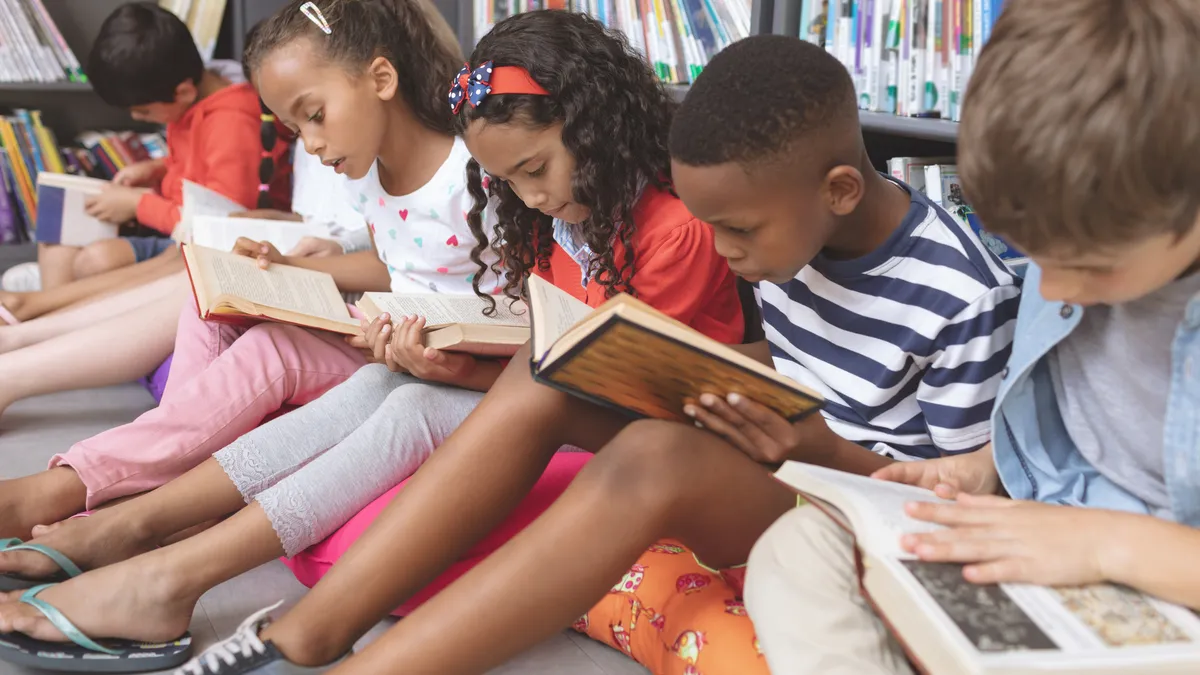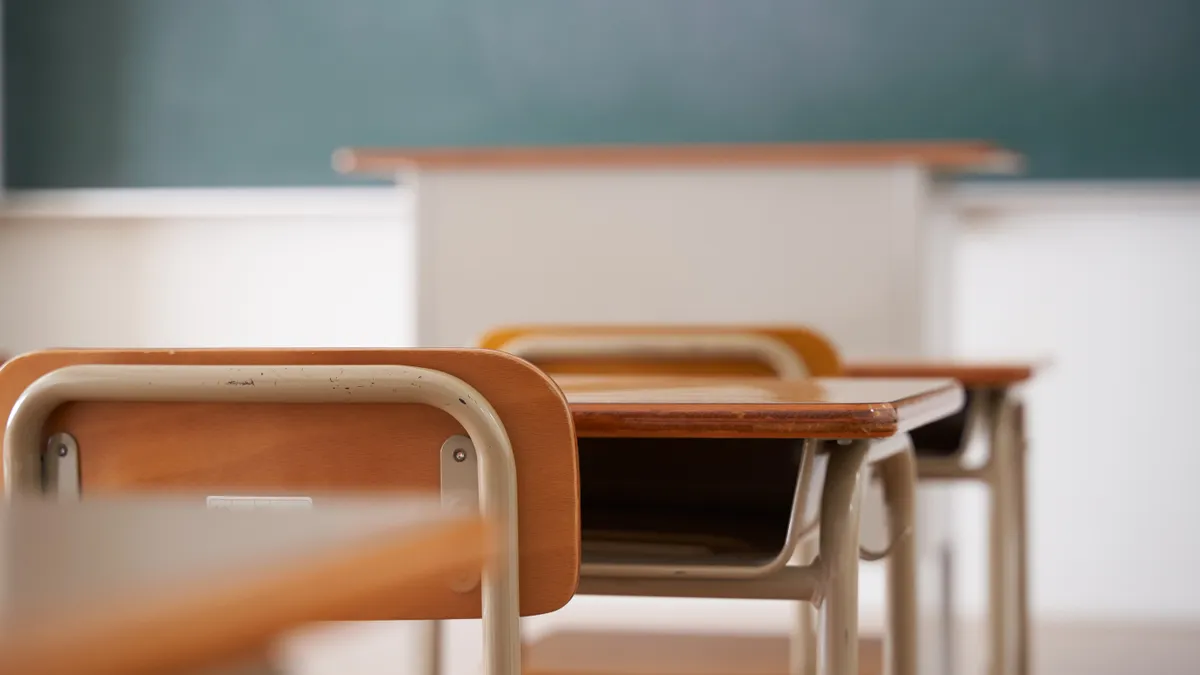According to a recent study published in AERA Open, a publication of the American Educational Research Association, the flipped classroom model has a slightly positive impact on student learning and satisfaction — but what are schools that have implemented the model seeing on the frontlines?
The authors of the meta-analysis suggest educators experience at least small positive impacts on student learning under flipped models, but that little is known about why it works well in some situations and not so much in others. They ultimately call for more strictly designed studies with more thorough reporting on the model.
Flipped classrooms' star has been on the rise nationwide over the past decade, and Clintondale High School in Clinton Township, Michigan, implemented the concept for its entire 400-student school about that long ago.
In 2010, Principal Greg Green — now the district's superintendent — was overseeing a failing public high school and needed to do something drastic to turn things around. He had heard about the flipped model and it seemed promising, but he was leery.
“We were taking something that’s been entrenched in society for 300 years and changing it,” he said, referring to the traditional sit-and-get teaching model. “But we weren’t being successful at what we were doing. Failure forces you to think outside of the box, and that allows for growth.”
Growth came in the form of flipping one class that included at-risk students. By the end of the year, that group was outperforming the students in traditional classrooms. So Green started expanding the program across the entire school.
While students in a traditional classroom passively receive a lecture in class and then go home to complete assignments around writing, math problems or science lab reports as homework, the flipped model sees teachers outsource their lessons to videos that students consume at home. What would have previously been "homework" is then completed at school under the guidance of teachers, who now have much more time to devote to individual guidance.
“The problem we kept hearing was that we weren’t offering enough support,” Green said. “We thought about how to give them support, and decided this was the best way to do it. Teach them the lessons at home and then use the class period to support them.”
Since flipping the entire school, he has seen an increase in attendance and college acceptance, and a drop in failure rates.
Green emphasizes that he didn’t build the model around any specific technology because that all changes. He explains that the school developed an “ecosystem” that allows for teachers to sit with the students, working with them through the learning process.
“If they have stumbling blocks, they don’t take it home and relearn the wrong information,” Green said. “The teachers are there to correct the problem immediately, allowing students to move more quickly and get immediate feedback.”
Green believes students aren’t well-supported when they have homework, and he points to evidence arguing homework doesn’t improve outcomes anyway. It took 18 months to flip the school, he said.
Teachers at Clintondale now follow an 80/20 model. That means students spend 80% of class time engaged in activities, and teachers only spend 20% of class time teaching. Early in a unit, the teacher may be doing more teaching, but students should be able to teach the unit themselves by its end.
But while few schools have completely “flipped” at large, many teachers are giving the model a go.
Kerissa Armstead, who teaches chemistry at Franklin County Early College High School in North Carolina, is launching a flipped classroom this year. Like those at Clintondale, the second-year teacher finds she has more time to work with students and more class time to devote to labs.
Since the students watch the video lessons at home on their own time, they are able to go slower or faster as necessary. Most videos are only about five to 10 minutes long and she finds them on YouTube. She also uses the program Edpuzzle, which allows her to embed questions into the videos and track who is watching and for how long.
“It’s going well so far,” she said. “I’m not only on track for the year, I may even be a little ahead. I also haven’t had any students complain about feeling rushed.”
Stephanie Anticona, a 7th-grade advanced math teacher at Hays Middle School in Texas' Prosper Independent School District, is also launching a flipped classroom. She recorded videos while she taught lessons last year and is using them for her students to watch at home this year.
Unlike some teachers who find online content to provide the lessons, she opted to create the lessons herself because it took less time than searching online.
In her 11th year of teaching, Anticona opted to try the flipped classroom after learning about the concept in graduate school. She, too, is using Edpuzzle and hopes to win a grant to purchase the full version.
She has had no problems so far, she said, noting that test scores seem to show promise that the model is working.
“It’s a lot of work upfront, but once you have the videos, it's easy,” she said. “And then you aren’t standing up there for 30 minutes doing the lesson. You can work alongside the students and help them.”


